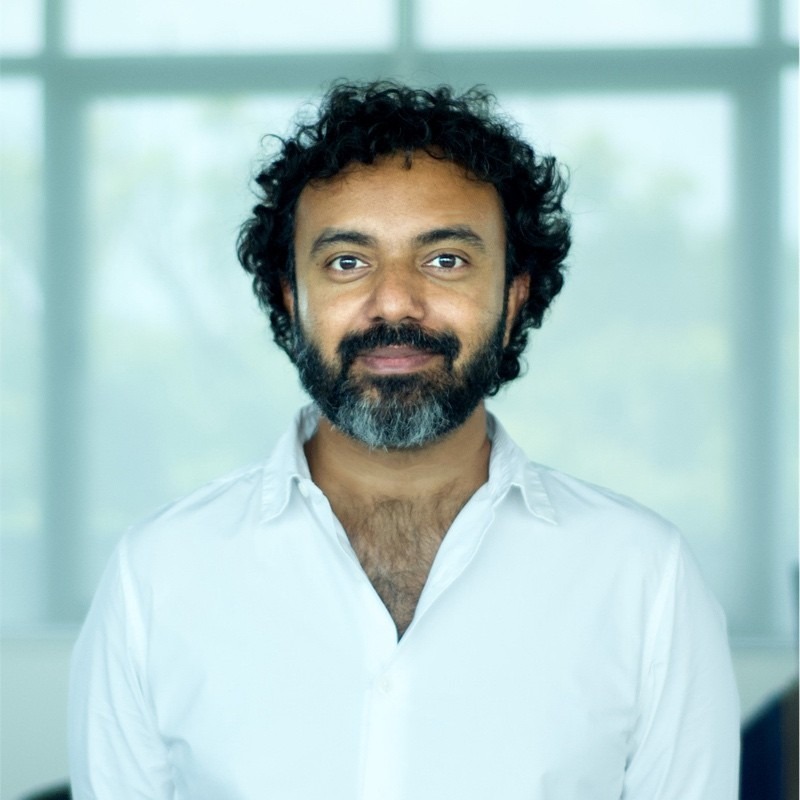Imagine a world where those who cannot speak could communicate effortlessly, with their words made audible through innovative technology. This seemingly futuristic vision is fast becoming a reality thanks to a pioneering breakthrough from researchers at the International Institute of Information Technology (IIIT) Hyderabad. Their innovative Silent Speech Interface (SSI) has the potential to give a new voice to people suffering from speech impairments, and it could soon redefine the way we understand communication.
The IIITH research team, led by TCS researcher and PhD student Neil Shah, worked alongside collaborators Neha Sahipjohn and Vishal Tambrahalli, with guidance from Dr. Ramanathan Subramanian and Professor Vineet Gandhi. Together, they developed an interface capable of converting non-audible murmurs into intelligible, vocalized speech. The system, called StethoSpeech, is outlined in their research paper “Speech Generation Through a Clinical Stethoscope Attached to the Skin,” which was recently presented at a prominent international conference.
Silent Speech Interfaces are not a completely new idea. There have been attempts to develop such systems in the past, including methods like lip-reading, ultrasound tongue imaging, real-time MRI, and electromagnetic articulography. However, these methods have significant drawbacks, particularly being invasive or too slow for real-time use. That’s where IIITH's innovation comes in, by sidestepping these issues with a much simpler yet effective solution.
The key to the team's success lies in their clever use of a clinical stethoscope, placed just behind the user’s ear. The device captures Non-Audible Murmurs (NAM), which are then transmitted to a mobile phone via Bluetooth. Once on the phone, these faint vibrations are instantly transformed into clear, understandable speech in real-time.
Professor Vineet Gandhi, who played a key role in the research, described how the team collected NAM vibrations from volunteers murmuring various texts in different environments, from quiet office spaces to loud, bustling settings like concerts. This resulted in a robust data collection known as the Stethotext corpus, which the team used to train their model to recognize and convert vibrations into speech.
One of the most remarkable aspects of this technology is its flexibility. It is not limited to specific users or voices. Even when the system is introduced to new users it has never "heard" before; what the researchers refer to as a "zero-shot" setting, it can still accurately convert murmurs into speech. This opens up a world of possibilities for people with speech impairments who could benefit from a system that adapts to their unique needs.
The system isn’t just limited to producing generic, robotic voices. The IIITH team’s technology allows for the customization of voice characteristics. Users can choose various options like gender, regional accents, or specific speech tones. For instance, someone could select a South Indian English accent to match their cultural background, making the communication feel more natural and personalized. According to Professor Gandhi, this is possible even with just four hours of recorded murmuring data, which is used to build a personalized model for each user.
The customization goes beyond helping those with speech impairments. It can serve professionals who require discreet communication. For example, individuals working in security services, where whispering or silent communication is often necessary, can use this system to transmit information without producing audible sounds in high-stress situations.
The implications of this technology stretch beyond the world of speech-impaired individuals. Imagine being at a rock concert, where the noise makes normal speech communication almost impossible. With this system, conversations can still take place, silently but audibly transmitted through technology. This feature could revolutionize how people communicate in noisy environments without needing to raise their voices or risk misunderstanding.
Moreover, the potential for discreet communication in fields such as defense and surveillance is vast. Security personnel, undercover agents, or military forces could benefit from silently transmitting speech in the most covert ways, avoiding the risks of being overheard in critical situations.
To develop this technology, the IIITH team employed machine learning models trained to interpret the NAM vibrations collected in various situations. The researchers didn't just capture murmurs in pristine lab environments; they also recorded in real-world, noisy settings to ensure the system could operate under everyday conditions.
Previous research into silent speech interfaces often relied on clean, easily distinguishable speech data for training models. However, Professor Gandhi highlighted the challenges posed by working with speech-impaired individuals, where such clear data is often unavailable. This makes the team’s achievement all the more remarkable, as they’ve designed a system that doesn’t need pristine training data to be effective. Instead, it is flexible and adaptable, working for users in real-world settings.
The IIITH team is now focused on testing their system in clinical environments, with the aim of making it accessible to speech-impaired patients in hospitals. They are seeking collaborations with medical institutions to test their technology on real patients and gather feedback to further refine and improve the system.
The researchers are also exploring the potential for broader collaborations across industries and fields that require silent or discreet communication. Professor Gandhi and his team remain optimistic about the impact their technology will have, particularly in improving the quality of life for those who’ve lost their ability to speak.
For millions of people around the world, losing the ability to speak presents a significant challenge, not only socially but also emotionally. The silent speech interface developed by the IIITH team offers hope for individuals with speech impairments by providing them with a new way to communicate with the world around them.
“We’re excited to think about how this technology could give a voice to someone who has lost their own,” said Professor Gandhi. His team’s work represents a significant step toward breaking down the barriers faced by individuals who struggle with speech disorders, opening new avenues for effortless communication.
The possibilities for this technology are immense. From transforming the lives of speech-impaired individuals to enabling new forms of silent communication in noisy or sensitive environments, the IIITH team’s innovation is poised to make a lasting impact.
While the technology is still in its testing phase, the researchers believe that further developments and refinements could lead to widespread adoption. They envision a future where this system becomes integrated into healthcare systems worldwide, helping those who have lost their voices regain their ability to communicate with friends, family, and society.
The team is hopeful that their innovation will soon reach people in need, and they are working tirelessly to make this a reality. By empowering individuals with speech impairments and offering new ways to communicate in challenging environments, the Silent Speech Interface holds the promise of transforming how we engage with the world.
In the coming years, this innovative technology could redefine the meaning of communication, giving a voice to those who need it the most, one silent murmur at a time.
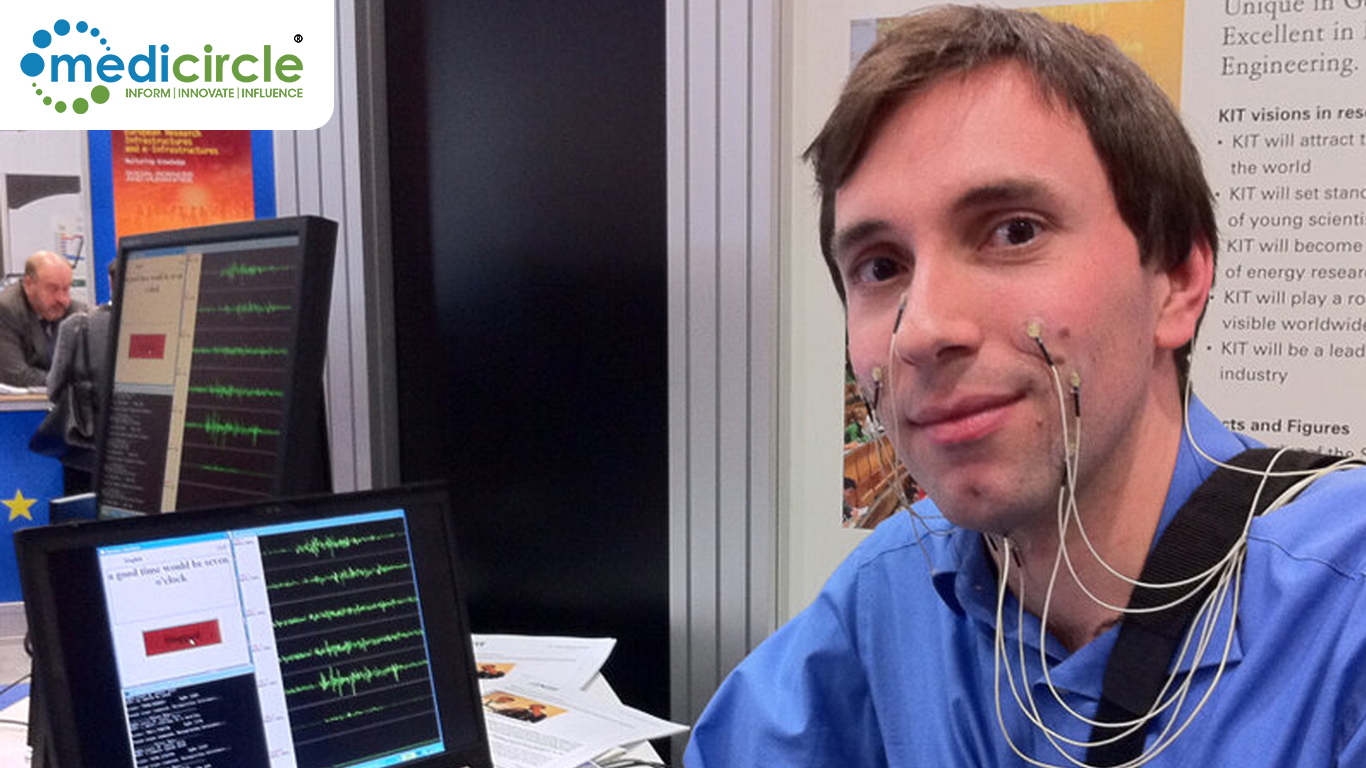
 This innovative technology could redefine the meaning of communication, giving a voice to those who need it the most, one silent murmur at a time.
This innovative technology could redefine the meaning of communication, giving a voice to those who need it the most, one silent murmur at a time.










.jpeg)


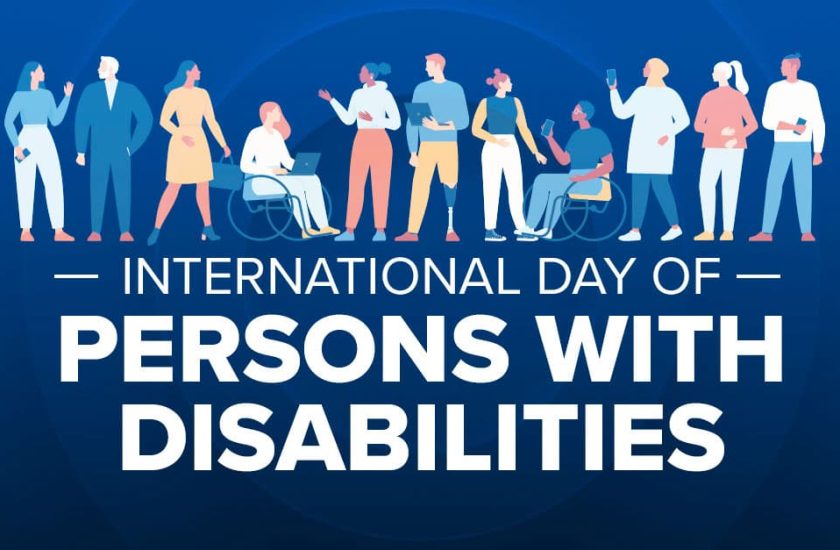



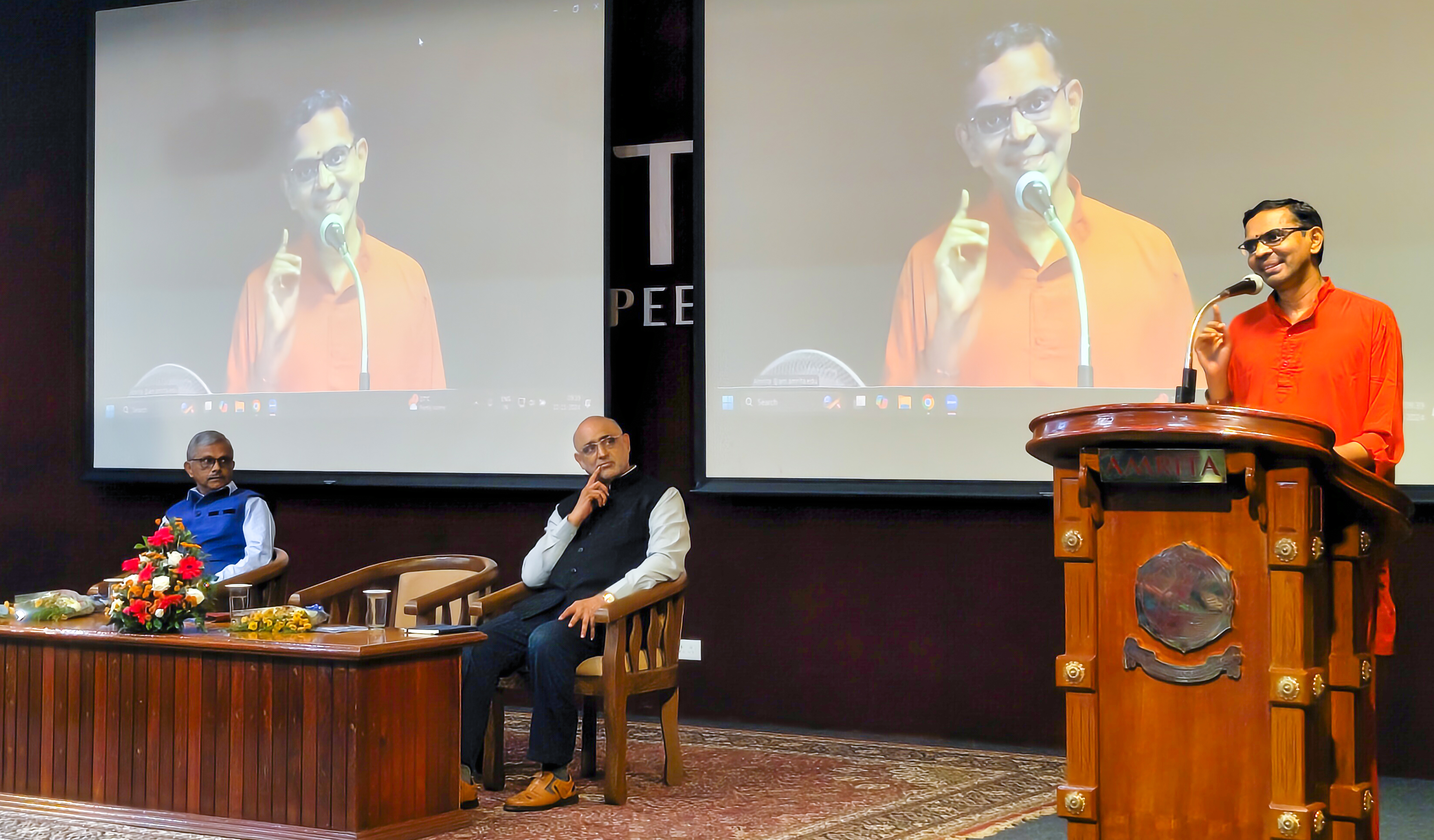
.jpg)
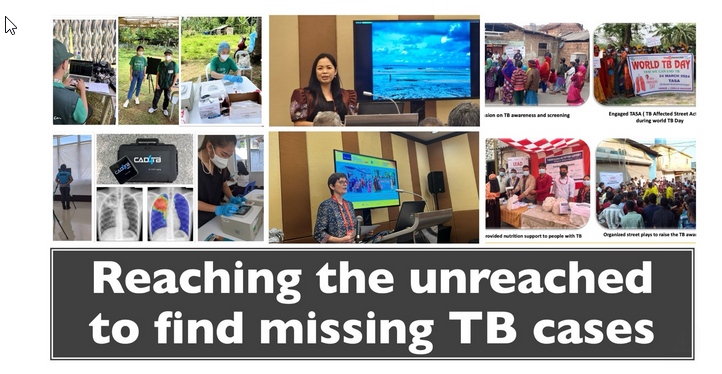



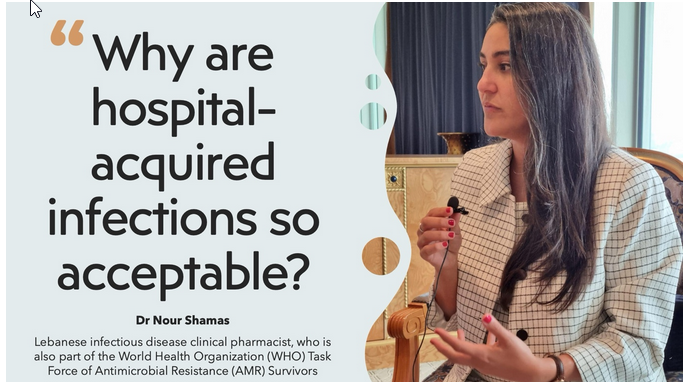
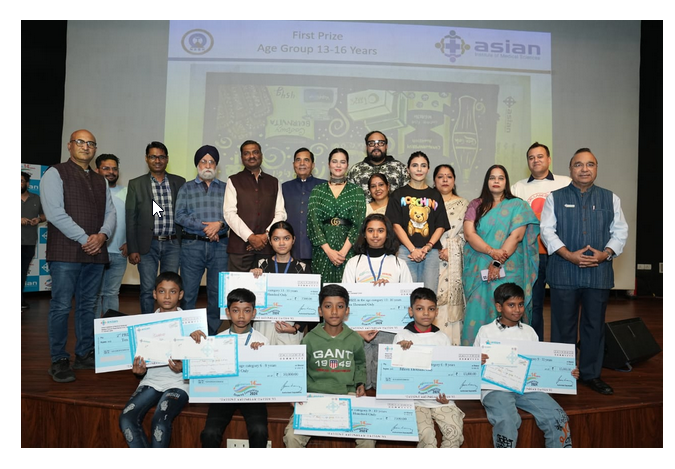

.jpg)



